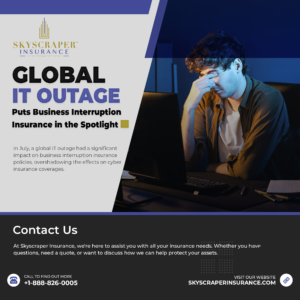Park your car in the garage: Pranksters tend to come out on Halloween night, so parking your car in the garage can help to avoid damage being done by eggs or paint balls. However, in the case that your automobile does get damaged, vandalism to your car is covered by automobile insurance, but only if you have comprehensive coverage. If you’re out and about on Halloween make sure to park your car in well-lit populated areas!
Light walking paths for little monsters: It is a fun tradition to have the dark and gloomy theme playing throughout your property, but this can also be done while providing enough light so little ones can navigate to your door. Glowing pumpkins or dimmed solar lights are always good to light the way, leaving less chance of unnecessary trips and falls.
Put furry friends away: All of the noise and activity of Halloween can get dogs riled up. The people dressed in crazy costumes on the other side of the door do not aid in calming them down either. The best place for the dog is in a back room away from the door since many dogs consider themselves to be the protectors of their owners. Even if your dog is friendly to strangers, the last thing you want is the dog jumping up on a trick or treater, knocking them to the ground, or even worse… biting them!
Beware of the act of surprising guests: The Halloween spirit invokes thoughts of horror, shock, and terrors. However, in an attempt to reduce the possibility of a law suit, it is recommended to refrain from tactics such as suddenly jumping out from darkened bushes or similar scare tactics. These heart rate soaring tactics may be fun at an amusement park, but it greatly increases your exposure to a homeowner’s insurance claim.
Keep your eyes on the flames: Whether it’s candles in your freshly carved pumpkin, roasting s’mores over the bonfire in your backyard, or the fall scented candle in your bedroom; fire hazards are common during the fall season. Make sure to keep candles where children or pets cannot knock them over and never leave a fire, whether indoors in your fireplace or outside in a fire pit, unattended!
Purchase additional coverage: If seeing how some of your favorite Halloween traditions can leave you open to liability has spooked you then don’t fear! Purchasing additional coverage can help to keep you and your family safe from liability. With Halloween, Thanksgiving, and Christmas quickly approaching (all with increased risk of a liability claim) perhaps it may be a good time to consider purchasing additional coverage so that you can rest easy knowing that you and your family are protected!





